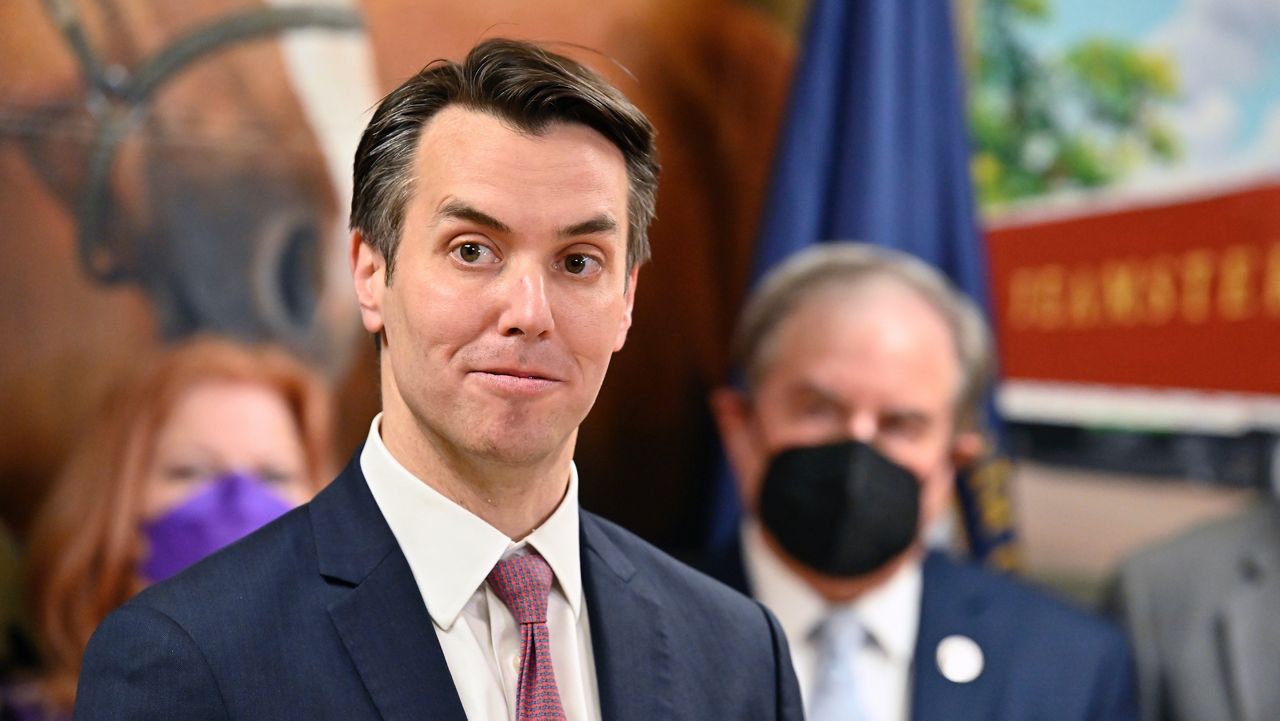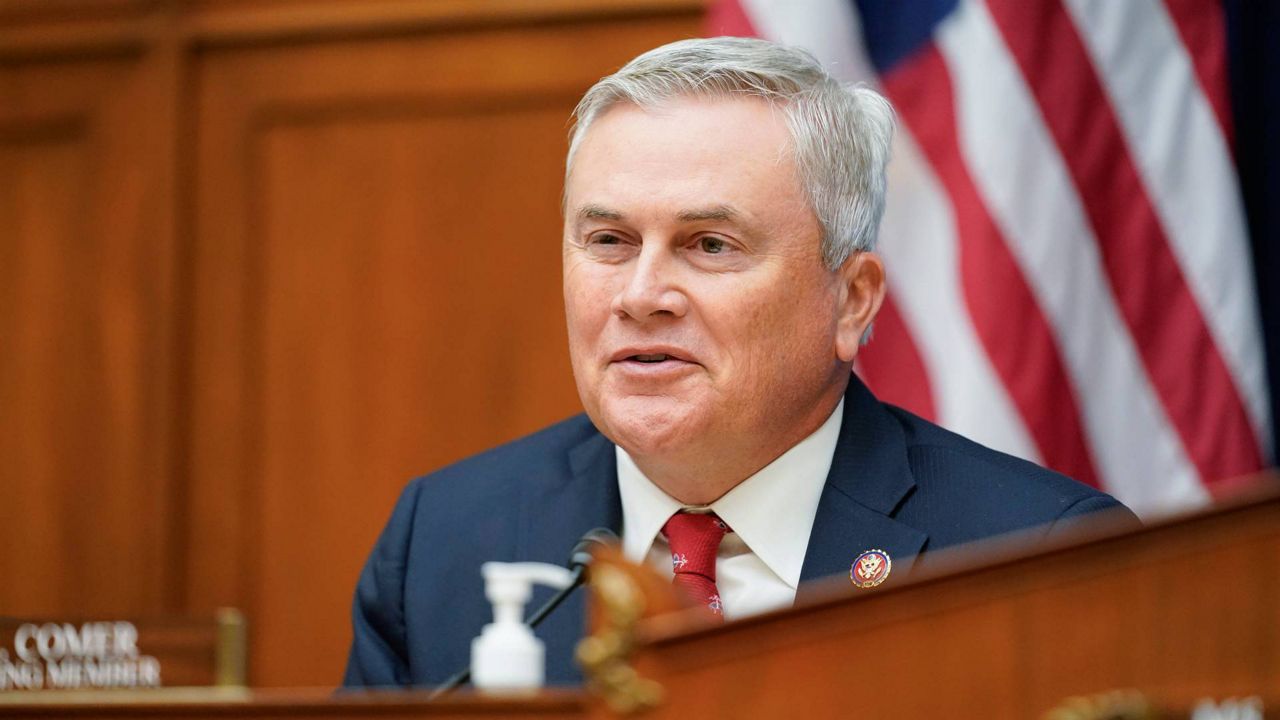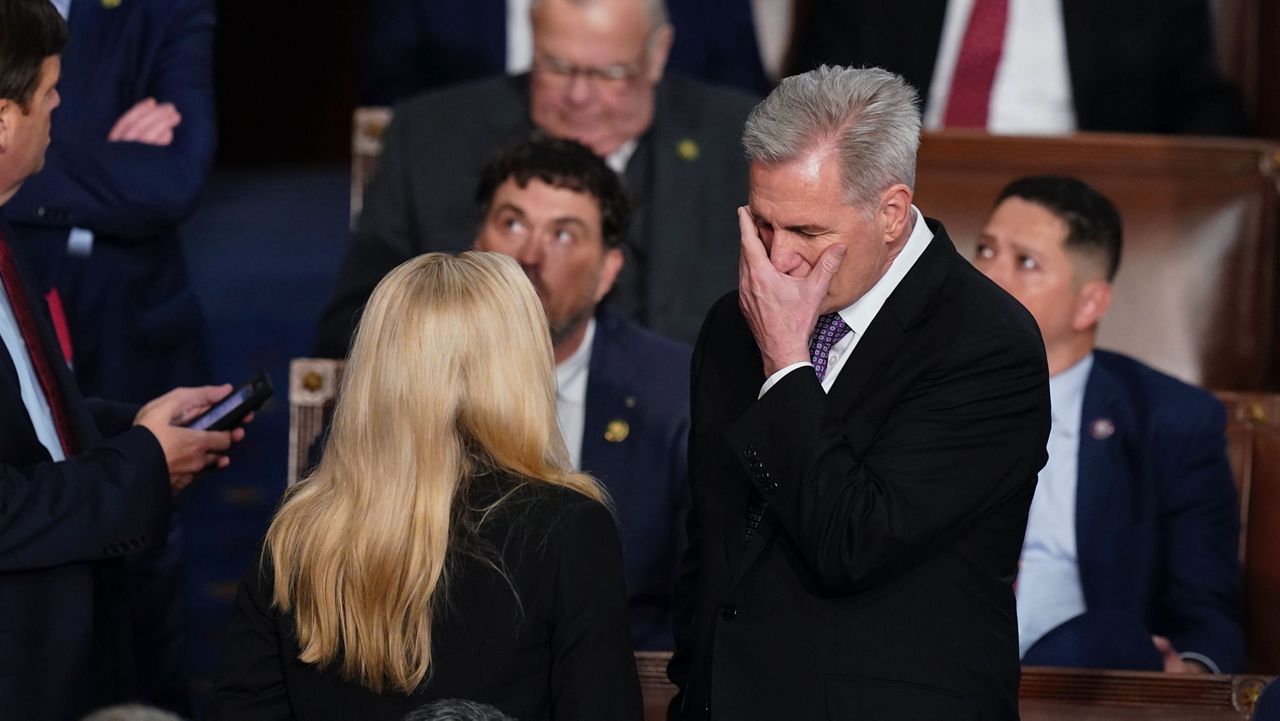WASHINGTON, D.C. — Before being banned 10 years ago, if there was a massive federal project in your community — maybe a bridge being repaired or a park revitalized — it might have been the result of an earmark: congressionally-assigned spending asked for by a member of Congress that directs funding for a project, tax benefit, or a tariff.
What You Need To Know
- House Democrats have resurrected the controversial earmarking measure, and Republicans remain opposed
- An earmark is congressionally-assigned spending asked for by a member of Congress that directs funding for a project, tax benefit, or a tariff
- The practice was banned a decade ago, but some say it still happens under a different name
- Kentucky Congressman John Yarmuth endorsed the return of earmarks
"Earmarks are a practice that has become a symbol to the American people of the waste and out of control spending in Washington," said Sen. Chuck Grassley, (R-IA) on the Senate floor this week.
House Democrats have resurrected the controversial measure while Republicans, like Senate Minority Leader Mitch McConnell, remain opposed to the idea.
"Senator McConnell, back when the earmark ban was put in place about ten years ago, actually argued not to do the ban because it would give a blank check to the administration to do whatever it wanted but there’s not much getting done in DC these days and really nothing is happening on a bipartisan basis so this could be an incentive, really kind of a first step in getting the legislative wheels turning again in Washington DC," said Ryan Bernstein, who worked as Chief of Staff for Republican Senator John Hoeven of North Dakota. Bernstein is now a lobbyist for McGuireWoods Consulting.
The former staffer said it might make sense for Republicans to get back on the earmark train. It would allow them to redirect some of the dollars away from President Biden’s agenda and more toward issues they support.
"The House Democrats have proposed some guardrails. They've proposed capping overall money spent on earmarks to 1% of the discretionary funding. Lawmakers can’t submit more than 10 earmarks per bill and all requests have to be posted on line. And of course, you shouldn’t even have to say this but lawmakers' families can’t benefit from the earmarks and it can’t go for a for-profit entity," Bernstein said.
The nonpartisan watchdog group the Project on Government Oversight (POGO) said Congress does have the power to make decisions around how taxpayer dollars are spent but that reviving earmarks has to be done with the utmost transparency.
"We need to know who is requesting earmarks, what the justification is for those earmarks, how much money is going to be spent, what the level of support is for the projects that are going to be funded and we need to make sure that specific recipients like a company, for example, can't be designated as a recipientof an earmark. You could see how that could be crony capitalism basically," said Dylan Hedtler-Gaudette, POGO's Government Affairs Manager.
Hedtler-Gaudette noted, to some extent, earmarks never really went away.
"They just moved the earmark process way deep into the shadows around military spending," he said. "We still see a lot of earmarking happening today. It’s just not called earmarking."
House Budget Chair John Yarmuth, a Louisville Democrat, endorsed the return of earmarks.
“Congressman Yarmuth supports the plan to reinstate Member-directed funding and believes it will be an effective way to target federal investments directly into projects that are high priorities for the people of Louisville," said Christopher Schuler, spokesperson for Yarmuth.










